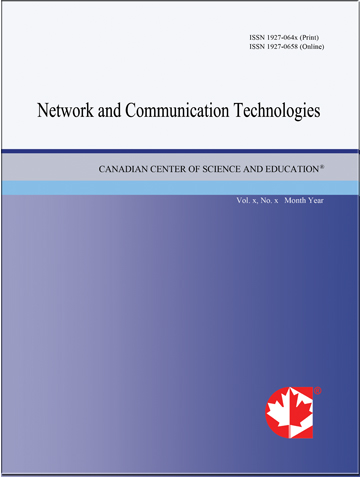Bernardo Autonomous Emotional Agents Increase Perception of VR Stimuli
- Erik Geslin
- Olivier Bartheye
- Colin Schmidt
- Katy Tcha Tokey
- Teerawat Kulsuwan
- Salah Keziz
- Tanguy Belouin
Abstract
Video games are high emotional vectors. They play with the emotions of players by eliciting and increasing them. The importance of the induction of basic emotions has been a long forestay and is favoured by video game publishers, as they are quite easily mobilized. Video game publishers look to produce more complex social emotions like empathy, and compassion. In games framework with narrative context, designers frequently use cinema movies methods, like cinematic non-interactive Cutscenes. These methods temporarily exclude the player from interactivity to leave his first viewpoint view and move the camera focusing on the narrative stimuli. Cutscenes were used abundantly and are now rejected, the new development wave is often trying to develop in a “zero cinematic” way. For the same reason, cinematics are also not usable in new Virtual Reality. If VR games and simulations provides a high level of presence, VR environments needs certain rules related in particular to the continuation of free will and the avoidance of possible Break in Presence. We propose in this paper a concept of Emotionally Intelligent Virtual Avatars, which when they perceive an important narrative stimulus, share their emotions through, gestures, facial nonverbal expressions, and declarative sentences to stimulate the player's attention. This will lead players to focus on the narrative stimuli. Our research studies the impact of the use of Bernardo Agents Emotional Avatars involving n = 51 users. The statistical analysis of the results shows a significant difference in the narrative perception of the stimuli and in Presence, correlated to the use of Agents Bernardo. Overall, our emotional Agent Bernardo is a unique concept for increasing the perception of narrative stimuli in virtual environments using HMD, and may be useful in all virtual environments using an emotional narrative process.
- Full Text:
 PDF
PDF
- DOI:10.5539/nct.v5n1p11
Journal Metrics
(The data was calculated based on Google Scholar Citations)
1. Google-based Impact Factor (2021): 0.35
2. h-index (December 2021): 11
3. i10-index (December 2021): 11
4. h5-index (December 2021): N/A
5. h5-median (December 2021): N/A
Index
Contact
- Bruce LeeEditorial Assistant
- nct@ccsenet.org
